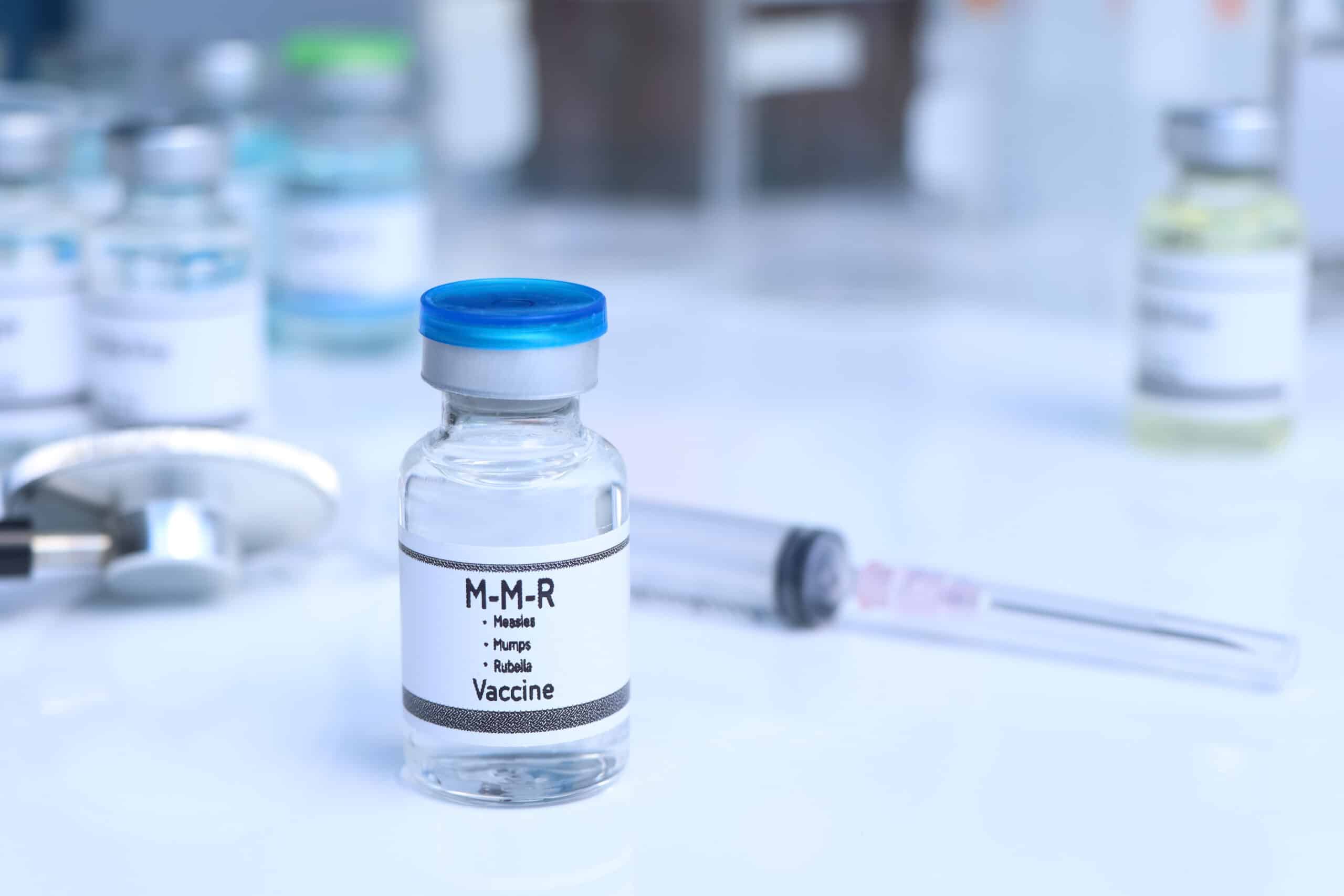It’s been quite a while since our last letter, and a lot has happened! Thankfully, vaccination efforts against COVID-19 have gone very well, both within our practice, and the Bay Area. As of May 16, 60% of people ages 16 and older in San Mateo County are fully vaccinated, and 78% have received at least 1 dose. New COVID-19 cases have fallen as well, with current rates in San Mateo County at about 15 new cases per day, compared to about 500 per day during the peak, 5 months ago. I’d like to review where we are with vaccines and their safety, the issue of viral variants, and what we can expect with returning to a more normal life in the future.
Vaccine Development
I remain impressed with the progress that has been made in vaccine development. It’s remarkable how far we have come from just one year ago. Pfizer and Moderna’s vaccines are still showing near complete efficacy at preventing severe disease, and roughly 95% effective at preventing milder disease. Johnson & Johnson’s vaccine, in the U.S., has been 85% effective at preventing moderate to severe disease, and 72% effective at preventing any symptomatic disease. This is still excellent, by vaccine standards. The United States has administered roughly 272 million doses of vaccines so far. The breakdown is approximately 54% Pfizer, 43% Moderna, and 3.5% J & J. It’s great news that we have not seen any severe side effects linked to either Pfizer nor Moderna’s vaccines, after over 260 million doses given. J & J’s vaccine, as most of you know, has been associated with a roughly 1 in a million risk of causing a rare but potentially serious side effect, which can lead to blood clots. Fortunately, this reaction is extremely rare, and is felt to be far less than the risk of complications if the person were to contract COVID-19.
All of our staff, and almost all of our adult patients are vaccinated. As many of you know, Pfizer’s vaccine has recently been approved for ages 12-15, and we are hopeful that approvals will reach the younger ages sometime between the end of summer and the fall. As of yet, we still don’t know whether or not a single, or yearly booster will be needed, as we don’t know how long immunity will last. I still think it’s very possible that immunity could be long lived, as it is with vaccines against Measles and Varicella. Even so, we still may get a recommendation for a booster that has better coverage against viral variants.
Variants
Unfortunately, the Coronavirus that is currently causing most infections in the United States, and the rest of the world, is not the same virus that was first identified in Wuhan China, over one year ago. As the virus has spread, and errors are made in the replication of its genetic material, new variants have emerged. This was expected, and mutations happen with all viruses. Coronaviruses are relatively slow to mutate, but the sheer volume of replications and transmission worldwide has led to the creation of variants. The better a variant is at transmission, the more it is selected for, and the more it becomes the dominant strain. The nomenclature and the details are a bit complicated, but I’ll try to do a brief summary.
Variants are named for the location where they were first identified, eg. the U.K. variant, and the lineage, eg. B.1.1.7. They can also be identified by the mutation(s) that they carry, eg. N501Y. The New York Times has a nice summary of the current variants here. In California, we started this year with a peak in cases that was mostly caused by the spread of a new California variant. It is felt to be about 20% more contagious than the original virus. Currently, however, this variant has been overtaken by the U.K. variant, which is now the dominant strain in California and the U.S., and is felt to be about 50% more contagious. Other variants of concern include the South African, Brazilian, and Indian variants. Stanford has been monitoring the various percentages found in their positive samples, and reported last week that while the U.K variant has overtaken the California variant, the South African and Indian variants are still only found in a small percentage, and they are not increasing.
The concerns with the variants are that they can make the virus spread faster, they may make the virus less susceptible to treatments, vaccines, or past immunity, and they may also make it more lethal. The increase in transmissibility is a little less of an issue in the U.S., given our progress in vaccine distribution, but it is likely to increase the burden significantly in developing countries where vaccines are not yet widely available. The good news, so far, is that all of the vaccines used in the U.S. still look to be effective at preventing severe disease, even in the variants. There are lab studies showing that antibodies produced by vaccines, or past infection, are up to several-fold less effective at neutralizing some of the newer variants, but the levels still appear to be more than enough to prevent having severe disease. One epidemiologist summarized it well by saying that while the variants are important to monitor, they are not called variants of ‘panic’, but rather are aptly named as variants of ‘concern.’ I don’t expect that variants will have a significant impact on the United States ability to come out of this pandemic, but they should provide the developed world with even more incentive to help the vaccination efforts of countries less fortunate. The quicker we can stop the process of the virus evolving itself, the better.
Vaccinations & Masking
Lastly, as we return to a more normal life, I want to address some of the questions that we are getting regarding seeing other people and wearing masks. The CDC has issued new guidelines, but we still don’t have the state, counties, and businesses and institutions all on the same page. The bottom line, from a risk perspective, is that people who are fully vaccinated are at such low risk from COVID-19, that they really only need masks in public or group situations where it isn’t known who is vaccinated. It is mostly a social issue, of not scaring the other person. Adults who are not vaccinated, are at risk from other adults who are not vaccinated (if in close contact for prolonged periods without a mask outdoors, or indoors.) Children who are not vaccinated are at risk from other non-vaccinated children or adults, if not wearing masks, but their risk is lower than the risk of adults. The fact that the number of new cases locally is low, and decreasing, puts all of us at even lower risk. We look forward to the vaccine becoming available to all ages, as that will help to put more people at ease, and decrease transmission even further.
We hope that this letter finds everyone doing well. We are happy to hear from you; please reach out for any further information or concerns.
Wishing you all a happy Springtime,
Ian Kroes MD and David Hiroshima MD



